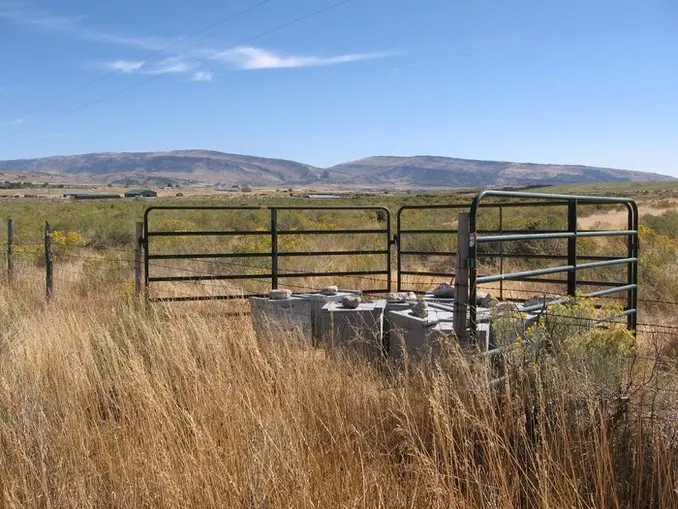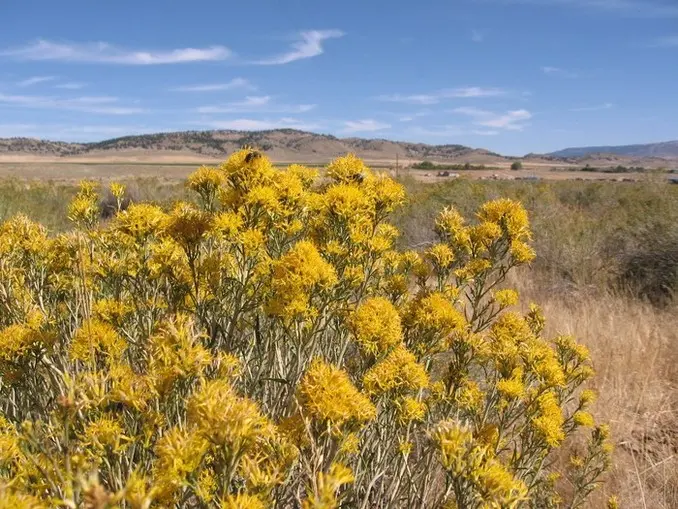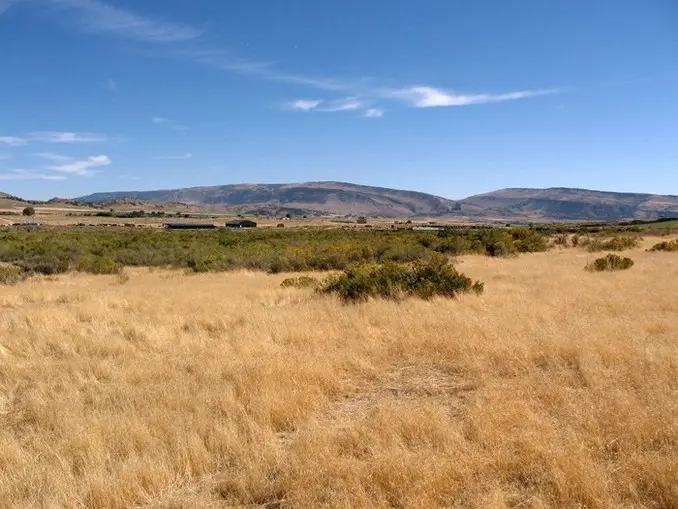Year 3 September - Beeyard Fortified 🖊️

-Beeyard fortified.
A month ago, my beeyard was hanging by a thread.
Let me paint a picture of how it’s looking now.
Enter the heroes of the day: fence panels. Typically, T-posts and barbed wire are the go-to, but Bill and June had these sturdy panels lying around, so we threw them into the mix. They might be a bit pricey and not fit into the trusty toy truck, but boy, are they doing the job.
And, get this—I’ve embraced a new strategy. I hit the hives with a spray of horse-chewing repellent. Yes, it’s a concoction of all things foul-tasting. Seems like a horse did attempt a nibble, but it didn’t linger like the last time. Guess the Malathion and fresh equipment vibes are off the menu.
Weather

-Rabbitbrush.
The initial chill has come and gone, and now we’re basking in the glory of temperatures swinging between the high 80s and low 40s. Sadly, the recent frost did a number on most of the rabbitbrush and gumweed blooms. However, the bees are still putting in work on those hidden gems in snug corners.
Winter Bees
With the last alfalfa harvest wrapped up, it’s officially prep time for winter. No signs of brood disease—good news. The bees have performed their cleansing ritual on infected brood comb, scraping it down to the midrib. That’s a good sign for winter survival.

-Green grass goes to gold, signaling this season’s end.
Back in my commercial beekeeping days, this yard would have been cleared out, with just three or four double-deep hives left standing. But here’s the twist—I’m a hobby beekeeper, and I’ve got nothing to lose. These hives are snug in a single deep. Some might call it a rookie move, but hey, sympathy points count.
The top box houses a division board feeder with room for emergency winter feed—granulated sugar. Come spring, if the buzzers need more, we can add sugar without ruffling the broodnest. The hives are cozied up together, entrance reducers in place, lids nailed down and weighted with rocks. Winter-ready.
Feeding Granulated Sugar
Now, feeding, especially granulated sugar, can be a hot topic among natural beekeepers. But let’s face it, our beekeeping world isn’t always a walk in the wildflowers. It’s our duty to bridge that gap, especially if it means the difference between thriving bees and a silent hive.
Here’s the sugar feeding drill:
- Slide a piece of cardboard on top of the frames.
- Position its edge near the center of the broodnest.
- Plonk 10lb sugar bags on top of the cardboard.
- Slice those bags open, letting sugar spill onto the cardboard.
- Spritz the sugar with water until some syrup seeps into the broodnest.
The sugar syrup calls the bees to feast before winter strikes, and it forms a protective shell, making it less likely for the bees to treat it as discardable trash.
Feeding sugar demands a bit more effort compared to slipping in frames of honey. If the weather stays unusually warm, we’ll need to check in on the feed come November and then again in late February. From there, it’s a steady diet of feed, feed, feed until April bids farewell, and the natural bounty takes over.
-Cheers, D 🌸🐝
